Homemade Spectral Analysis using Multicolored LEDs
I have an antique spectroscope used to identify elements and minerals by peering through the viewer. The light enters through an adjustable slit and has a scale etched into the lenses to measure wavelengths.
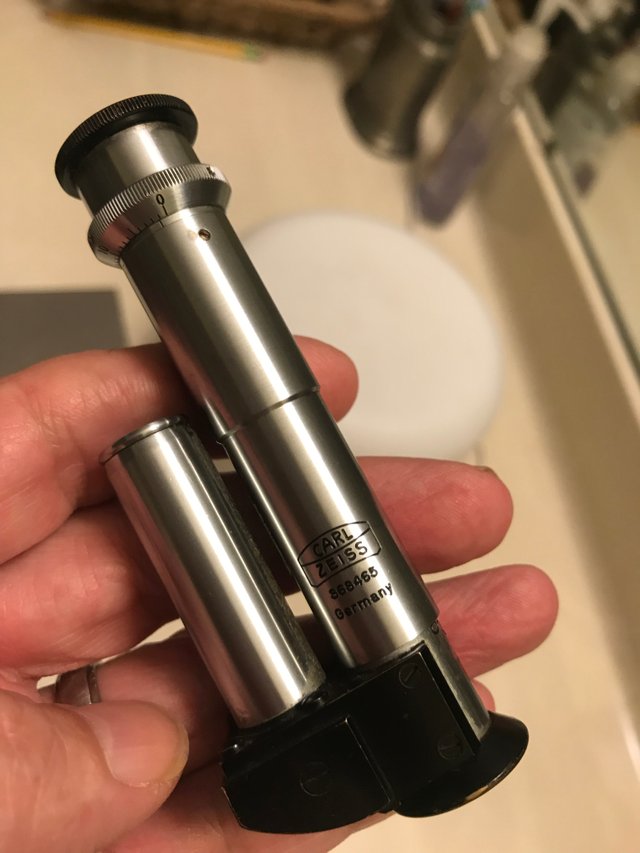
The spectroscope was mounted in front of a multi-colored LED appliance used for essential oils, but any source of multicolor LEDs, such as a digital TV or computer screen, would give similar results.
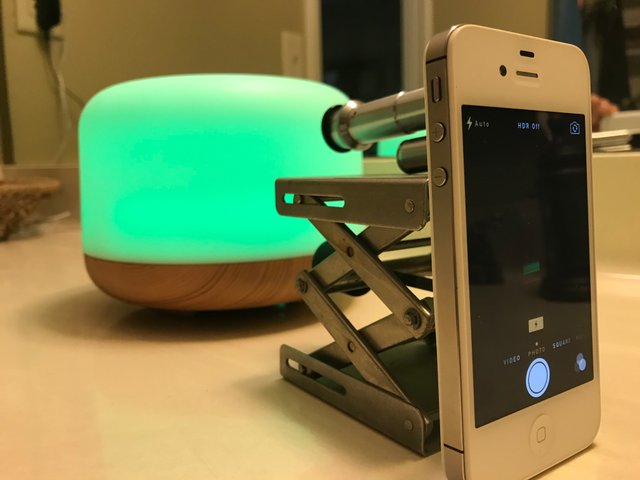
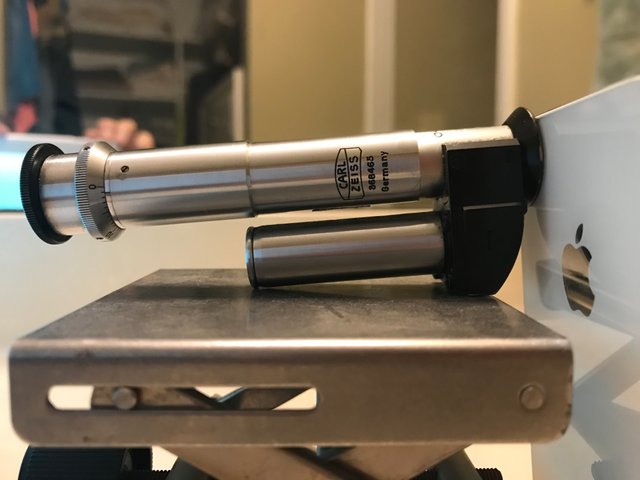
As the colors of the lights cycled through what appeared to be the full rainbow, the following time-lapse video was recorded:
And here is a time lapse view through the spectroscope, recorded with an iPhone7S positioned directly in front of the camera lens:
Surprisingly we see only the three primary colors: red, green, and blue. Each corresponds to the color of the three LEDs commonly used in today’s electronic devices.
More clarity is seen in modern high definition TV and computer screens. This is in large part due to the most-recently invented yellow LED (Wikipedia).
The spectroscope was set up in front of a modern high definition TV and the four LEDs are resolved in the spectrum:
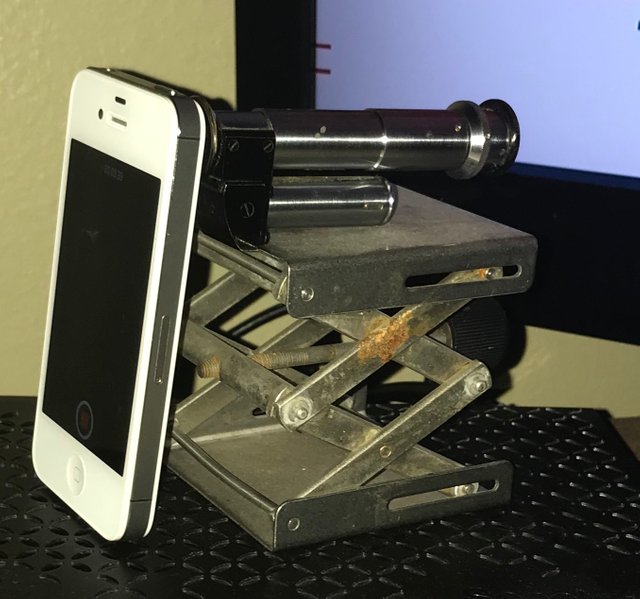
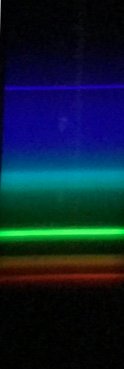
As I described in a previous post I am retired from a career in science, and I’m trying to scrape together a makeshift laboratory with minimal resources. I think of myself as “The Professor” on Gilligan’s Island. I have lots of books and some makeshift equipment, and I plan to see what I can do with the natural resources all around me in tropical climate.
I plan to use this method of enhancement of the chromatograph images to visualize and characterize substances on a paper chromatography or TLC plate. For example, here are some fluorescent markers separated on a common notecard using vodka as the eluent:
I will be using TLC as a method for analysis of plant extracts. I am trying methods with materials readily available, and I have quite a reliable paper chromatography protocol almost perfected. I will write about that in a future post, and it will be a good kitchen science project for kids at home.